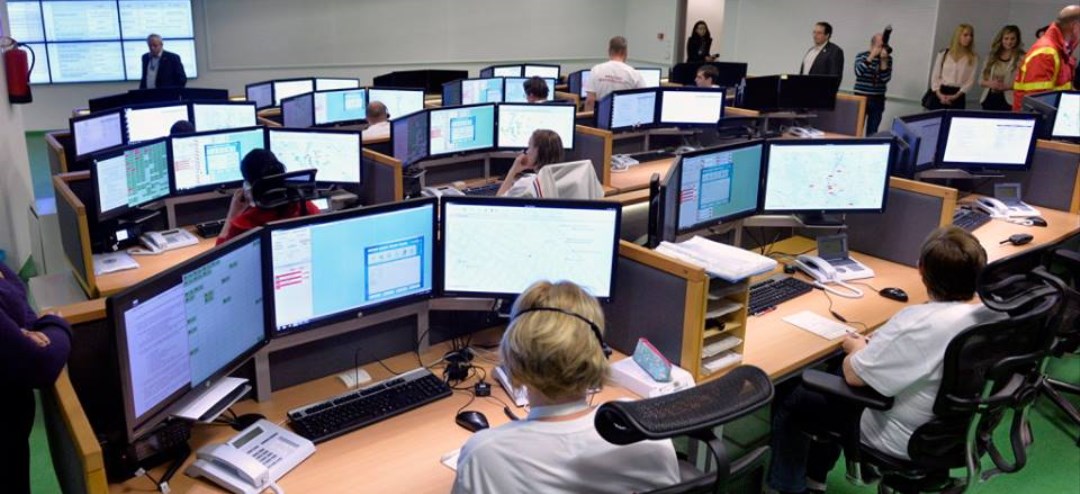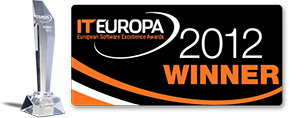In Hungary an ambulance service was mandated by law by queen Maria Theresa, and the country was the second in Europe to organize such a service. The first horse drawn ambulance of the Budapest Volunteer Ambulance Association set off on the 10th of May, 1887 from in front of the Leopold bazaar. The nationwide institution called National Ambulance Service has been operating since 1948 in Hungary and it primarily undertakes rescue and patient transport tasks.
The activity of the ambulance service up till now has been based primarily on paper, which was not only time consuming, it also meant a lot of administration. In order to make the flow of information more efficient and to speed up work flows, last year the National Ambulance Service introduced a new system compliant with the technology requirements of our age and the policies of the EU within the framework of a EU funded development program, the projects KMOP-2009-4.3.3/B and TIOP-2.3.4/09/2. The IT based Ambulance Dispatch System is compatible with the Unified Emergency Call System.
The winners of the public procurement tender – with a joint proposal – were TIGRA Computer és Irodatechnikai Kft./Enterprise Communications Magyarország Kft., Fornax participated as a subcontractor with the module of Eventus.
As a part of the project the IT equipment of the Dispatcher Groups were modernized, ergonomic workstations were created, and two computer centers were set up as well. As a result of IT and content development a state of the art caller interrogation protocol and task-specific decision support software were introduced. The new software helps to reach optimal decisions, but they do not eliminate the option of deliberation, in other words the machine will not replace human decision making.
The primary objective of the Ambulance Dispatch System development within the project of the National Ambulance Service was to decrease the current inequalities regarding access to emergency aid prior to hospitalization, to offer an unvaryingly high quality emergency service to those in need regardless of time and location. A further goal was to increase the proportion of arrivals under 15 minutes.
With the help of IT equipment and mobile terminals installed in field units the flow of information will speed up (electronic data management, route suggestions), and the introduction of the new systems will open up the option to provide accurate statistics and reports related to the tasks of ambulance service.
The Patient Transport Control System working on an Eventus platform was implemented within the Ambulance Dispatch System project of the National Ambulance Service. The system delivered by Fornax has been used in production in Hungary since August 2014 by the requesters of transport (doctors and their trustees) and the patient transport dispatchers of the National Ambulance Service. The application can be accessed via a thick client installed on the computers of employees controlling patient transport, and the requesters of transport can access it via the web with the help of a so-called thin client.
The Patient Transport Control System offers nationwide logistics support for patient transport. It ensures the efficient participation of the Ambulance Service in the process of patient transport, it supports the optimal usage of resources within patient transport, and it enables the financer of patient transport (social security) to verify the expenditures of patient transport.
The system running on an Eventus platform supports the entry of a request for patient transport, the continuous tracking of the status of the request, the overview of tasks for the dispatchers, and the planning and dispatching of tasks. The system is capable of registering regular, periodically repeating transport tasks. After the closure of the work flow the application enables users to create various reports.
The software is capable of visual representation of patient transport tasks, in other words the dispatchers can see the tasks that appear according to a set filter on a map integrated into the Patient Transport Control System, and they can also see the current position of any vehicle. The installed software offers the option to plan the tasks and the route of the vehicles, to view and analyze the actual routes and the associated tasks after the transport is finished. These features are meant to bring about as effective and clear work flows as possible.




